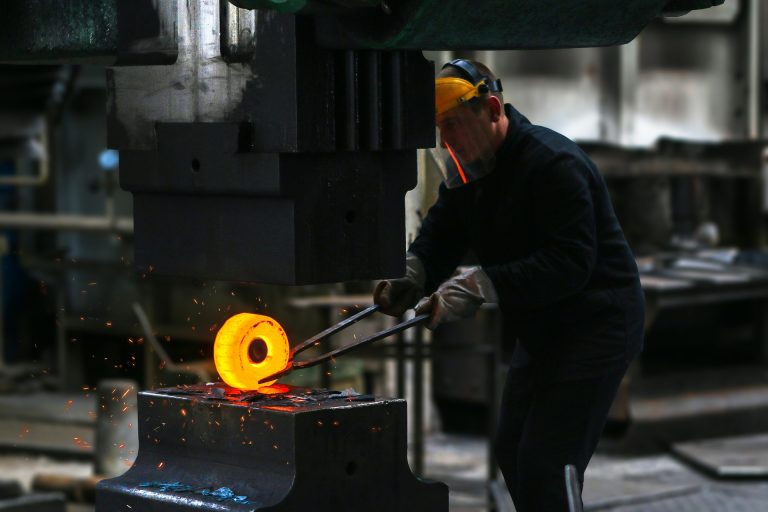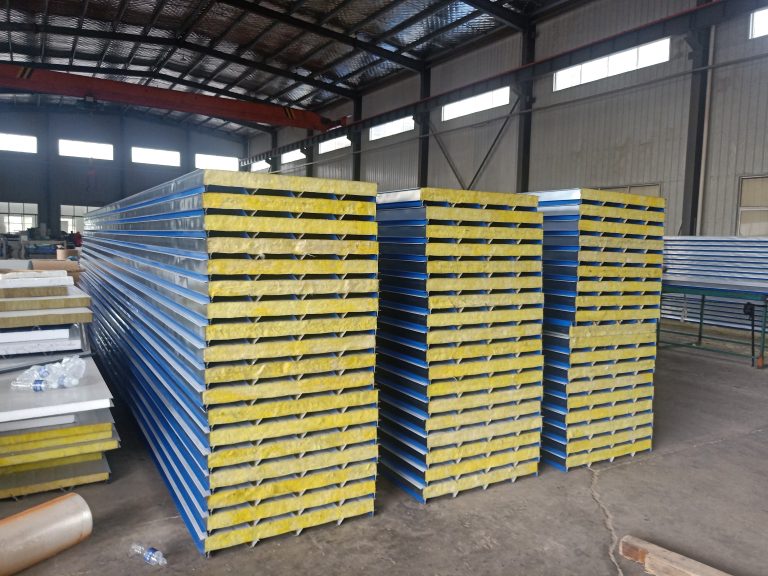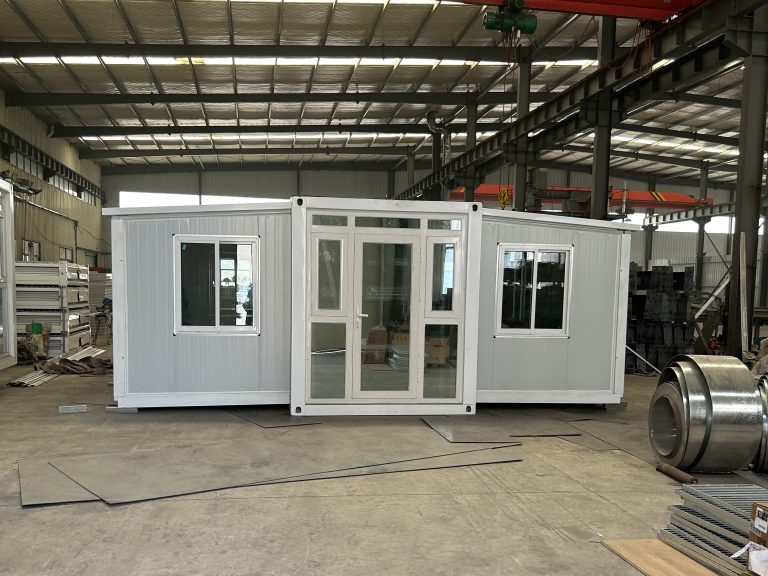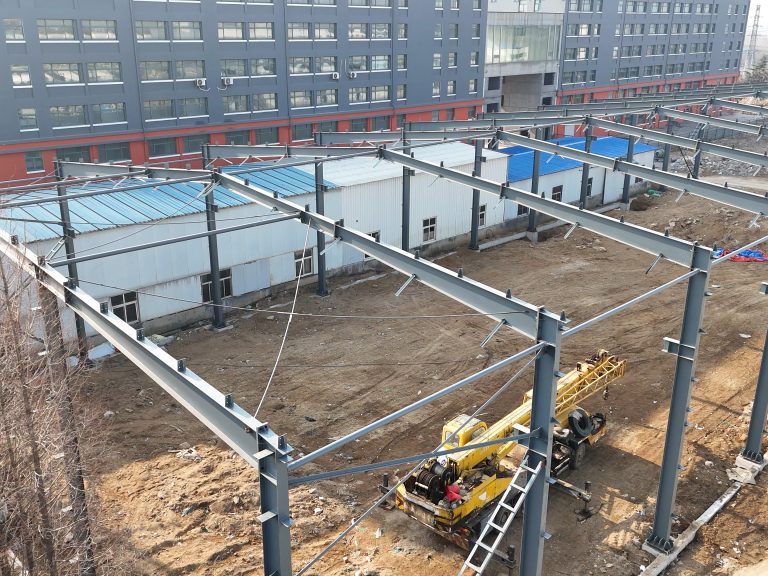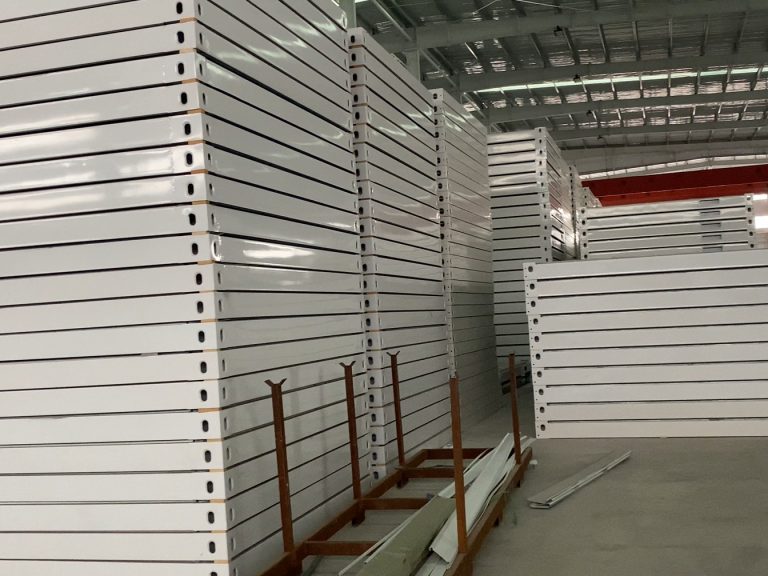Table of Contents
Benefits of Using Climate-Controlled Cases for Protecting Fragile Exhibits in Temporary Exhibition Halls
Protection and display technology of exhibits in temporary exhibition hall of container house
When it comes to showcasing delicate and valuable exhibits in a temporary exhibition hall, the importance of proper protection and display technology cannot be overstated. Fragile artifacts, artwork, and historical objects require special care to ensure their preservation and longevity. One effective method of safeguarding these items is through the use of climate-controlled cases.
Climate-controlled cases are specially designed display cases that regulate temperature and humidity levels to create an optimal environment for preserving delicate exhibits. These cases are equipped with sensors and monitoring systems that allow curators to closely monitor and adjust the conditions inside the case as needed. By maintaining a stable climate, climate-controlled cases help prevent damage caused by fluctuations in temperature and humidity, such as warping, fading, and deterioration.
One of the key benefits of using climate-controlled cases in a temporary exhibition hall is the protection they provide against environmental factors. These cases create a barrier between the exhibit and external elements, such as dust, pollutants, and light, which can all contribute to the degradation of fragile items. By keeping exhibits enclosed in a controlled environment, curators can minimize the risk of damage and ensure that the items remain in pristine condition for future generations to enjoy.
In addition to protecting exhibits from environmental factors, climate-controlled cases also offer security benefits. These cases are often equipped with locking mechanisms and tamper-proof features to prevent unauthorized access and theft. By keeping valuable exhibits securely enclosed, curators can rest assured that their items are safe and secure while on display in a temporary exhibition hall.
Furthermore, climate-controlled cases enhance the visual presentation of exhibits by providing a clear and unobstructed view of the items. These cases are typically made of high-quality materials, such as glass or acrylic, that are designed to minimize glare and distortion. By showcasing exhibits in a climate-controlled case, curators can ensure that visitors have a clear and unobstructed view of the items, allowing them to appreciate the intricate details and craftsmanship of each piece.
Another advantage of using climate-controlled cases in a temporary exhibition hall is their versatility. These cases come in a variety of sizes and configurations to accommodate different types of exhibits, from small artifacts to large sculptures. Curators can customize the interior of the case with adjustable shelves, lighting, and display mounts to create a visually appealing and engaging presentation for visitors.
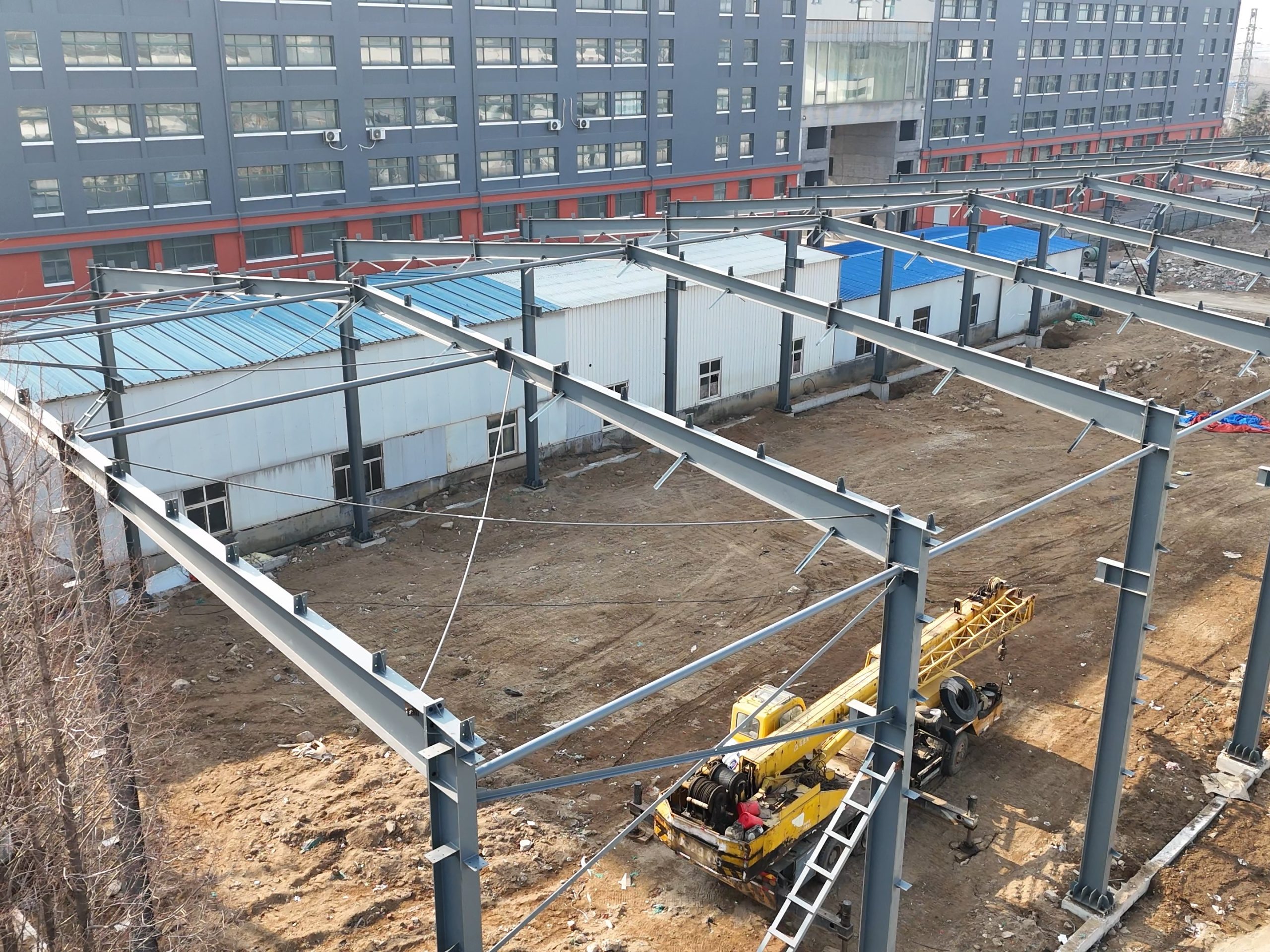
In conclusion, the use of climate-controlled cases in a temporary exhibition hall offers numerous benefits for protecting and displaying fragile exhibits. From safeguarding items against environmental factors to enhancing security and visual presentation, these cases provide a comprehensive solution for preserving valuable artifacts and artwork. By investing in climate-controlled cases, curators can ensure that their exhibits are well-protected and presented in the best possible light for visitors to enjoy.
Innovative Display Technologies for Enhancing Visitor Experience in Container House Exhibitions
Temporary exhibition halls in container houses have become increasingly popular in recent years due to their versatility and cost-effectiveness. These unique spaces provide a blank canvas for curators to showcase a wide range of exhibits, from art installations to historical artifacts. However, the protection and display of these exhibits can present challenges, as the environment within a container house can be less controlled than a traditional museum setting. In order to ensure the safety and preservation of valuable items, innovative display technologies are being utilized to enhance the visitor experience while maintaining the integrity of the exhibits.
One of the key considerations when displaying exhibits in a temporary exhibition hall is the impact of environmental factors such as temperature, humidity, and light. These elements can have a significant effect on the condition of delicate items, causing them to deteriorate over time. To combat this issue, curators are turning to advanced display technologies that offer greater control over the exhibition environment. For example, climate-controlled display cases can regulate temperature and humidity levels to create an optimal environment for preserving sensitive materials.
In addition to environmental concerns, security is another important factor to consider when displaying valuable exhibits in a temporary exhibition hall. Traditional security measures such as alarms and surveillance cameras may not be sufficient to protect items from theft or vandalism. To address this challenge, curators are incorporating cutting-edge security technologies into their displays. For example, some exhibition halls are equipped with motion sensors and biometric scanners to monitor and control access to exhibits.
Another innovative display technology that is gaining popularity in container house exhibitions is augmented reality (AR). This technology allows visitors to interact with exhibits in a more immersive and engaging way. By using a smartphone or tablet, visitors can access additional information, videos, and interactive features related to the exhibit. This not only enhances the visitor experience but also provides valuable educational opportunities for learning about the exhibit in more depth.
Furthermore, digital display screens are being used to showcase dynamic content such as videos, animations, and interactive displays. These screens can be easily updated and customized to suit the needs of different exhibits, making them a versatile and cost-effective solution for temporary exhibition halls. By incorporating digital displays into their exhibits, curators can create a more engaging and interactive experience for visitors, helping to attract a wider audience and increase interest in the exhibition.
Overall, the use of innovative display technologies in temporary exhibition halls of container houses is revolutionizing the way exhibits are presented and experienced. By incorporating climate-controlled display cases, advanced security systems, augmented reality, and digital display screens, curators are able to create a more immersive and engaging environment for visitors while ensuring the protection and preservation of valuable exhibits. These technologies not only enhance the visitor experience but also open up new possibilities for showcasing a wide range of exhibits in unique and creative ways. As container house exhibitions continue to grow in popularity, the use of innovative display technologies will play an increasingly important role in shaping the future of museum and gallery experiences.

